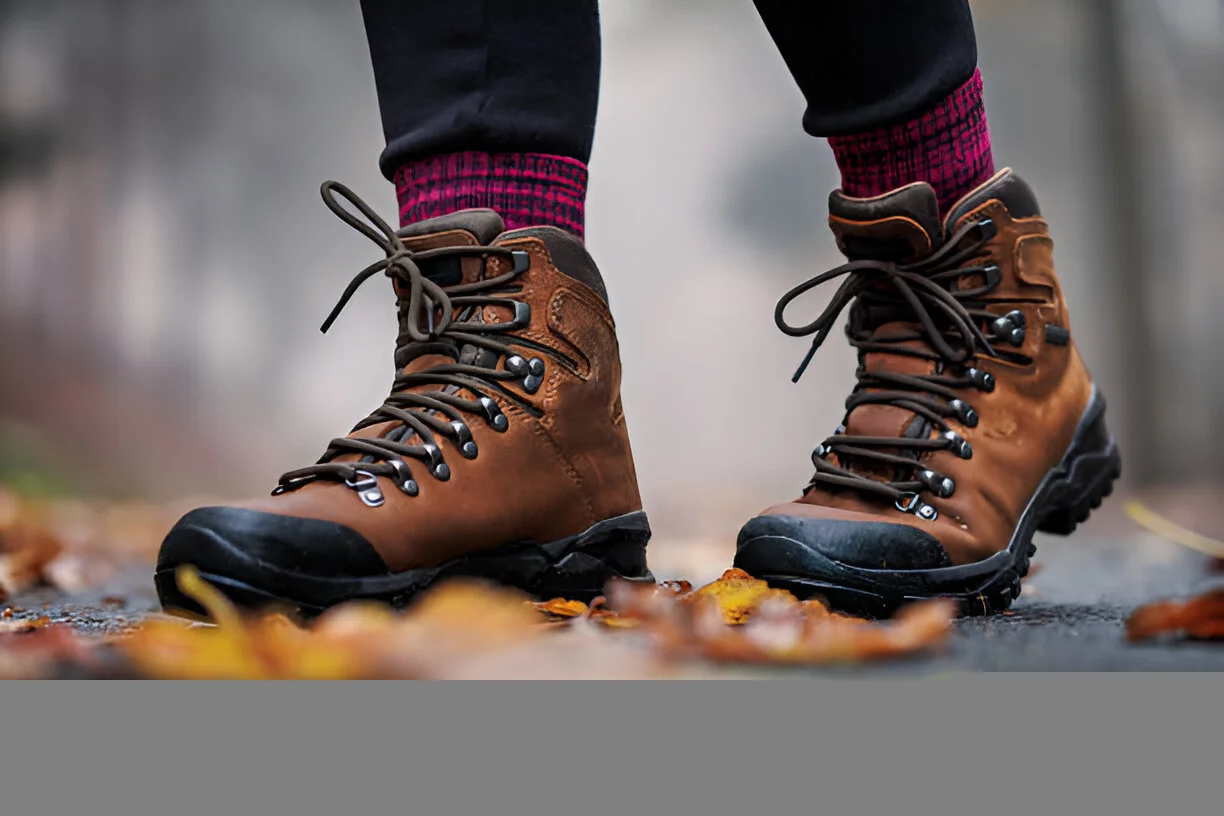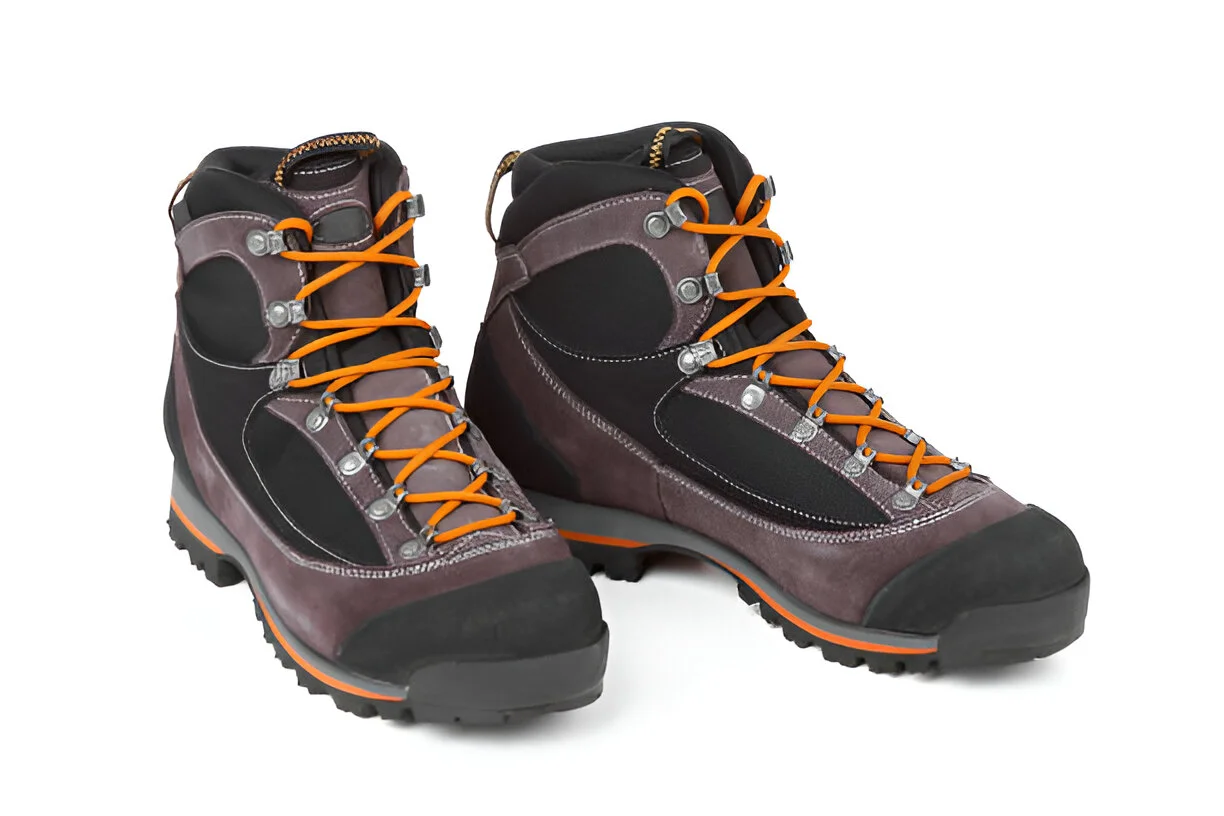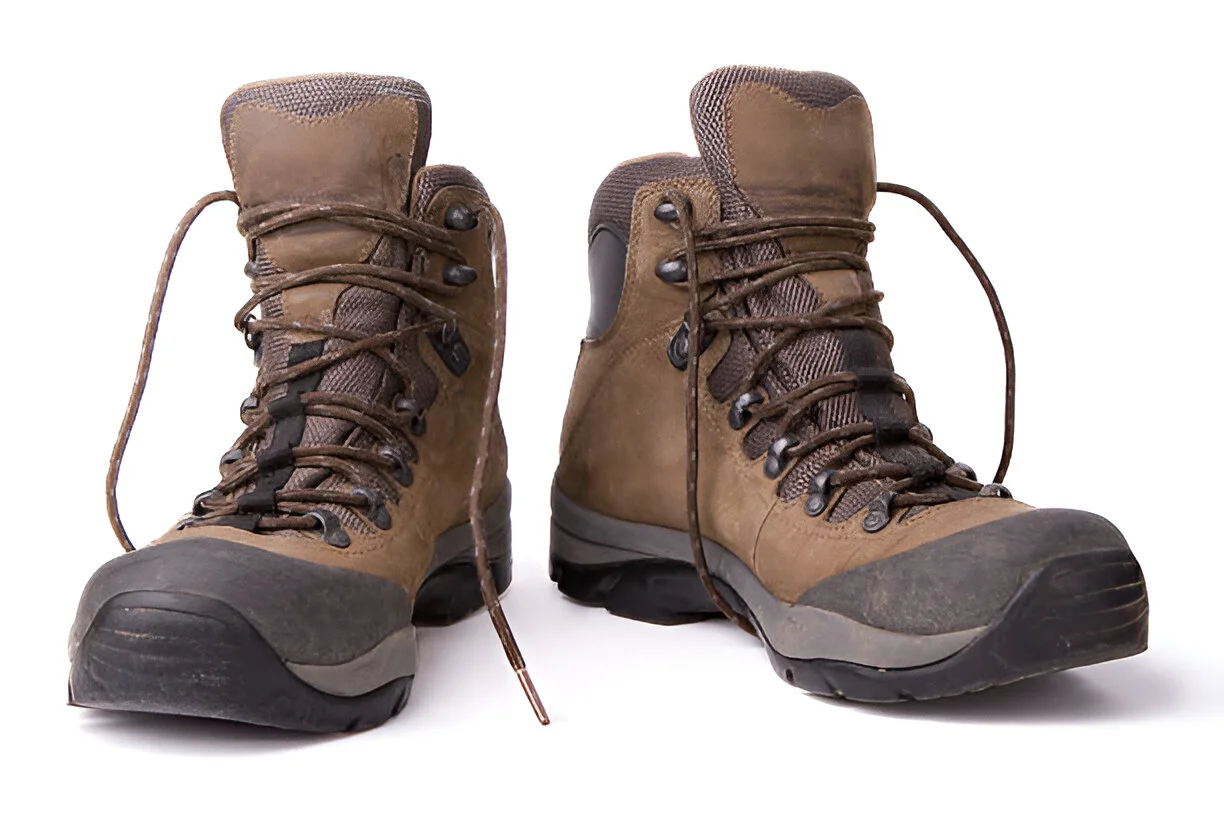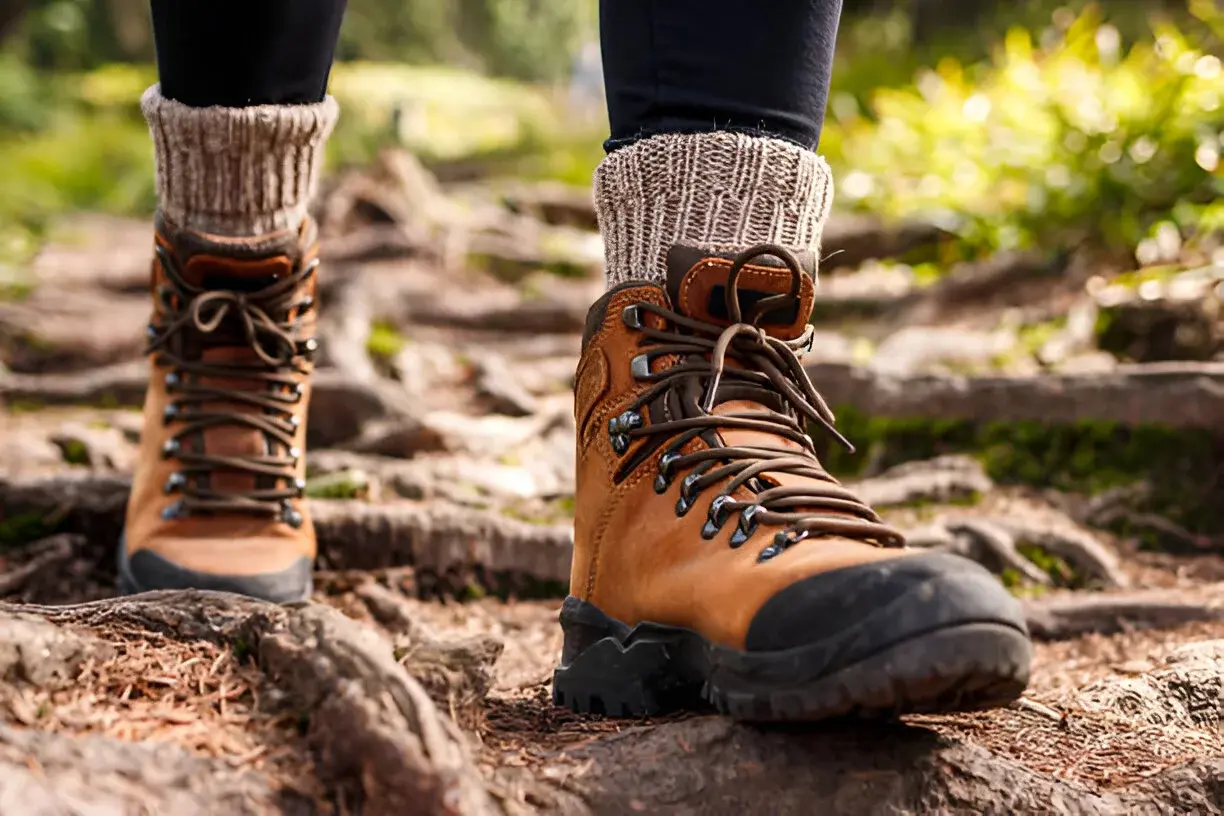
The Best Shoes for Climbing Kilimanjaro, Footwear for Kili Hikers 2025
When preparing for an unforgettable adventure like climbing Mount Kilimanjaro, selecting the right pair of shoes is paramount. Whether you’re navigating rocky paths, muddy trails, or snow-covered summit areas, your footwear can significantly impact your trekking experience. In this comprehensive guide, we explore the best shoes for climbing Kilimanjaro, with expert advice on what to look for, top footwear recommendations, and tips for optimizing your choice for comfort and performance in 2025.
"The right footwear is an investment in your comfort, Safety , and overall trekking success on Kilimanjaro ." — Experienced Kili Hiker
Why the Right Footwear is Essential for Climbing Kilimanjaro
The challenging terrain of Kilimanjaro requires the best footwear to ensure you can tackle various zones, from the wet and humid rainforest to the dusty and dry desert zone, and finally, the icy summit. The right shoes will protect you from injuries, improve your grip on slippery surfaces, and enhance your overall trekking efficiency. A poor choice of shoes can lead to blisters, fatigue, and even severe injuries, so it’s essential to prioritize comfort, durability, and support.
Key Features to Look for in Kilimanjaro Climbing Shoes
To ensure you choose the perfect shoes for climbing Kilimanjaro, consider the following factors:
- Support and Stability: Kilimanjaro’s rocky terrain and steep climbs require boots that offer excellent ankle support and stability. Look for boots that feature high ankle cuffs and a strong sole structure to protect against twists and sprains.
- Waterproofing: You’ll experience different weather conditions, especially in the rainforest. Waterproof boots will prevent your feet from getting wet, avoiding discomfort and the risk of blisters.
- Breathability: Since the climb spans different climates, your boots must allow for proper ventilation. Breathable materials like Gore-Tex can keep your feet dry and prevent excessive sweat build-up, which can lead to discomfort and blisters.
- Weight: Lightweight boots are ideal for reducing fatigue during long days of trekking. Heavy boots can wear you down over time, especially on Kilimanjaro’s extended climbs.
- Durability: The rugged terrain demands shoes that can withstand abrasions, sharp rocks, and changing weather. Durable leather or synthetic boots can offer the long-lasting protection you need for the entire trek.
- Comfort and Fit: Fit is everything! Too tight, and you risk blisters. Too loose, and you may slip or struggle with balance. Ensure you choose boots that fit well, with adequate space for your toes but a snug fit around the heel to avoid rubbing.
Top Recommended Shoes for Climbing Kilimanjaro in 2025
Here are some of the best shoes recommended for Kilimanjaro climbers in 2025, offering a combination of durability, comfort, and functionality:
1. Salomon Quest 4D 3 GTX Hiking Boots
The Salomon Quest 4D 3 GTX hiking boots are designed for maximum stability and comfort. The 4D Advanced Chassis provides superior foot control and protection, ensuring you're well-supported during challenging climbs. Featuring a Gore-Tex membrane, these boots are fully waterproof, keeping your feet dry even in the rainy forest zone. With their excellent grip and lightweight design, these boots are ideal for long treks like Kilimanjaro.

2. Merrell Moab 2 Mid Waterproof Hiking Boots
Known for their comfort and affordability, the Merrell Moab 2 Mid Waterproof Hiking Boots are another top choice for Kilimanjaro trekkers. These boots feature a Vibram sole for superior traction and a breathable mesh lining for moisture-wicking. Additionally, the waterproof design will ensure your feet stay dry throughout the trek, even in the forest zone. With great cushioning and a supportive design, these boots are perfect for those looking for comfort on a budget.

3. La Sportiva Nucleo High GTX
If you’re looking for lightweight, durable, and breathable boots, the La Sportiva Nucleo High GTX is an excellent option. Equipped with Gore-Tex Surround technology, these boots provide optimal ventilation while keeping your feet dry. The boots' high-ankle design ensures stability and protection from ankle injuries on Kilimanjaro's uneven terrain, and their multi-directional lugs give you excellent traction on rocky paths.

What to Avoid When Choosing Shoes for Kilimanjaro
While it’s crucial to choose the best shoes, there are some types of footwear you should avoid:
- Running Shoes: These are not designed for rugged terrain. They lack the ankle support and durability required for Kilimanjaro.
- Old or Worn Boots: Boots with worn-out soles or compromised waterproofing will not provide the necessary protection and can cause discomfort.
- Sandals or Flip-Flops: These are completely unsuitable for mountain trekking, leaving your feet vulnerable to rocks, moisture, and injury.
Conclusion: Choose the Right Shoes for Your Kili Adventure
Choosing the best shoes for climbing Kilimanjaro is a crucial part of your preparation. Well-fitted, durable, waterproof, and breathable footwear will not only protect your feet but also enhance your overall trekking experience. From the rocky lower slopes to the freezing summit, the right shoes ensure your comfort and safety. Remember, a great pair of boots will be your best companion on your journey to the top of Africa!
FAQs
1. What are the most important factors to consider when choosing shoes for Kilimanjaro?
The most important factors include ankle support, waterproofing, breathability, weight, durability, and comfort. It's essential to choose shoes that offer a combination of these features for a successful climb .
2. Can I use regular hiking shoes for Kilimanjaro?
While regular hiking shoes may work for some people, it's recommended to use boots specifically designed for rugged terrain, offering better support, protection, and durability for Kilimanjaro's challenging conditions.
3. How should my shoes fit for optimal comfort during the climb?
Your shoes should fit snugly around the heel and mid-foot but allow enough room for your toes to move freely. The fit should prevent rubbing, while ensuring your feet are secure during the trek.
